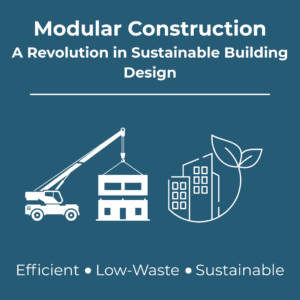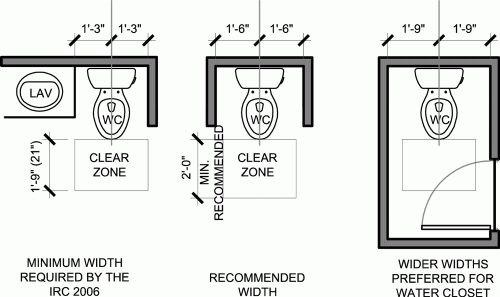Kaizen: Continuous Improvement in Offsite Construction
In Lean manufacturing, few principles are as powerful and enduring as Kaizen. This Japanese philosophy of continuous improvement drives efficiency, quality, and innovation. It forms the foundation of Lean systems and is highly effective in the offsite construction industry.
At EVstudio, we not only support Kaizen in our partners’ factories—we also apply it internally to improve our own workflows.
A Brief History of Kaizen
The concept of Kaizen began in post-war Japan, where industries struggled to rebuild. The term comes from two Japanese words: kai (change) and zen (good). Together, they mean “change for the better.”
Kaizen gained global recognition when Toyota embedded it into its production system. Workers at all levels were empowered to suggest and implement small, incremental improvements. This approach created long-term gains in efficiency and quality.
In the 1980s, Western businesses adopted Kaizen as part of the growing interest in Lean manufacturing. Today, industries worldwide practice Kaizen—from manufacturing to healthcare to software development.
Core Principles of Kaizen
Kaizen is built on a few simple but powerful principles:
-
Continuous improvement – Small, regular changes create lasting positive results.
-
Employee involvement – Every worker, at every level, contributes ideas and improvements.
-
Standardized processes – Improvements are documented and built into repeatable procedures.
-
Waste reduction – Inefficiencies are identified and removed from the system.
-
Data-driven decisions – Metrics are used to measure progress and guide improvements.
Importantly, Kaizen encourages daily discipline. Improvement is not a one-time project—it is a culture of progress.
Kaizen in Offsite Construction
Offsite construction benefits greatly from Kaizen principles. Unlike traditional construction, factory settings allow for controlled environments and repeatable tasks. This makes it easier to:
-
Identify bottlenecks
-
Monitor material usage
-
Measure worker performance
-
Reduce downtime
-
Standardize improvements
With Kaizen, factory teams can test, document, and adopt improvements in real-time. As a result, production becomes faster, cheaper, and more reliable.
Offsite builders use Kaizen to improve everything from wall panel assembly to final unit packaging. Over time, these incremental gains result in significant competitive advantages.

EVstudio’s Role in Supporting Kaizen
EVstudio works closely with offsite manufacturers to integrate Kaizen into design workflows. We don’t just deliver drawings—we co-develop efficient systems.
Here’s how we support Kaizen:
-
We align designs with existing factory capabilities and processes.
-
We document lessons learned and apply them to future designs.
-
We collaborate with factory teams to reduce unnecessary variations in unit types.
-
We create standardized details and connections that simplify assembly.
-
We listen to field feedback and use it to improve documentation and coordination.
In this way, our drawings evolve in sync with our partners’ production systems.
Practicing Kaizen at EVstudio
Kaizen is not only something we support externally—it is something we practice internally. EVstudio constantly improves how we:
-
Coordinate between disciplines
-
Produce clear, buildable documents
-
Train staff and share knowledge
-
Reduce drawing errors and rework
-
Use software and digital tools
We hold internal reviews, track feedback, and revise our templates and standards. Every improvement—no matter how small—helps us serve clients better.
Conclusion
Kaizen turns daily improvements into long-term success. In the offsite construction industry, it drives quality, efficiency, and innovation. At EVstudio, we partner with offsite manufacturers to embed Kaizen into every design. We also use it to improve our own workflows, one step at a time.
Together, Kaizen and Lean manufacturing create a powerful system for better, faster, and more cost-effective building.
Resources:









